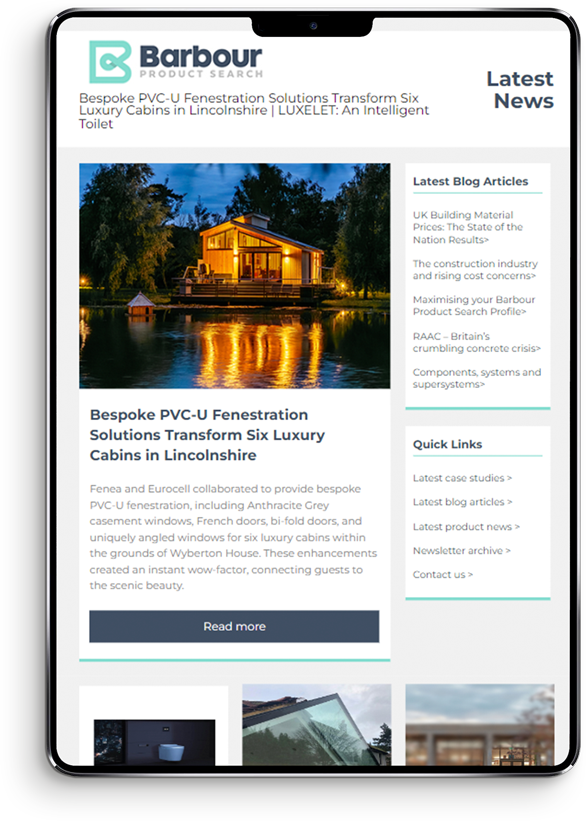With their six easy-to-use Neutral Groups, the colour experts at Farrow & Ball have let us in on the secret to effortless neutral decorating.
Read on for tips you can turn to time and time again, whether you’re choosing a fitting palette for your next project or helping undecided clients find a look they’ll love.
About the Neutral Groups
Each group contains four neutral shades that work together in seemingly endless combinations, allowing you to create a cohesive feel throughout any property. Between them, there’s something to suit all light conditions, architectural styles, and tastes.
Using the Neutral Groups
As well as complementing each other, these neutrals work brilliantly in supporting roles alongside stronger Farrow & Ball colours. In fact, they can be a great starting point even for a decidedly non-neutral decorating project.
If your client is having difficulty choosing a palette, encourage them to start by seeing which group of neutrals they’re most drawn to. From there, you can see which other colours share an undertone or other similarity with that group.
Below, they’ve shared some suggested accent colours for each one to help you get started.
Introducing the Neutral Groups
Relaxed Neutrals: Wevet No.273, Ammonite No.274, Cornforth White No.228, Purbeck Stone No.275
The Relaxed Neutrals are among the most popular shades in the Farrow & Ball palette, partly because they’re a reliable choice for any space or aspect. Neither very grey nor very creamy, they’re a great starting point for first forays into neutral decorating.
Try them with: Railings No.31, Stiffkey Blue No.281, Babouche No.223, Breakfast Room Green No.81
Architectural Neutrals: All White No.2005, Dimpse No.227, Blackened No.2011, Pavilion Gray No.242
The Architectural Neutrals are modern, minimal, and subtly industrial. With their slight blue undertone, they have a crisp and cool feel that’s ideally suited to contemporary and more design-led builds, especially alongside materials like stainless steel and glass.
Try them with: Down Pipe No.26, Arsenic No.214, Yellowcake No.279, Railings No.31
Contemporary Neutrals: Strong White No.2001, Skimming Stone No.241, Elephant’s Breath No.229, Dove Tale No.267
The Contemporary Neutrals bring an effortlessly characterful look to new-build properties. A warm lilac undertone means that the greys don’t feel cold or severe, while Strong White is bright and crisp – the perfect combination for modern family homes.
Try them with: Charleston Gray No.243, Pelt No.254, Dix Blue No.82, Calamine No.230
Timeless Neutrals: School House White No.291, Shadow White No.282, Shaded White No.201, Drop Cloth No.283
These versatile stony neutrals are a great choice if you’re looking to strike a balance between traditional and contemporary styles. They’re softer and less cool-toned than the Architectural Neutrals, but more modern-feeling than the Traditional Neutrals.
Try them with: Pigeon No.25, Treron No.292, Selvedge No.306, Templeton Pink No.303
Warm Neutrals: Pointing No.2003, Dimity No.2008, Joa’s White No.226, Oxford Stone No.264
The Warm Neutrals share a subtle red undertone, making them more taupe than cream. If you have rooms that receive very little light or cooler light, choosing Pointing or Dimity rather than a pure bright white may help these spaces feel cosier.
Try them with: Eating Room Red No.43, Oval Room Blue No.85, Dead Salmon No.28, London Clay No.244
Traditional Neutrals: Lime White No.1, Off-White No.3, Old White No.4, Slipper Satin No.2004
The Traditional Neutrals were the first shades of white created by Farrow & Ball. Their grey and green undertones give them a subtly “aged” look that can bring a more lived-in feeling to new-builds, while looking equally at home in more traditional properties.
Try them with: Mouse’s Back No.40, Light Gray No.17, Sudbury Yellow No.51, Picture Gallery Red No.42
________________________________________
How Farrow & Ball Specification Can Help
If you’re interested in undertaking a project with Farrow & Ball’s versatile palette and high-performance finishes, look no further than the brand’s own specification service for support from start to finish.
You’ll be assigned your own dedicated specification manager, who will work closely with you throughout the process, all the way through from choosing colours, finishes, and volumes of product to aftercare. Email specification@farrow-ball.com for more information.
Introducing Farrow & Ball Neutral Groups
Farrow & Ball
View company profile| T | 01202 876141 |
|---|---|
| E | specification@farrow-ball.com |
| W | Visit Farrow & Ball's website |
| Farrow & Ball, Uddens Estate, Wimborne, Dorset, BH21 7NL |






